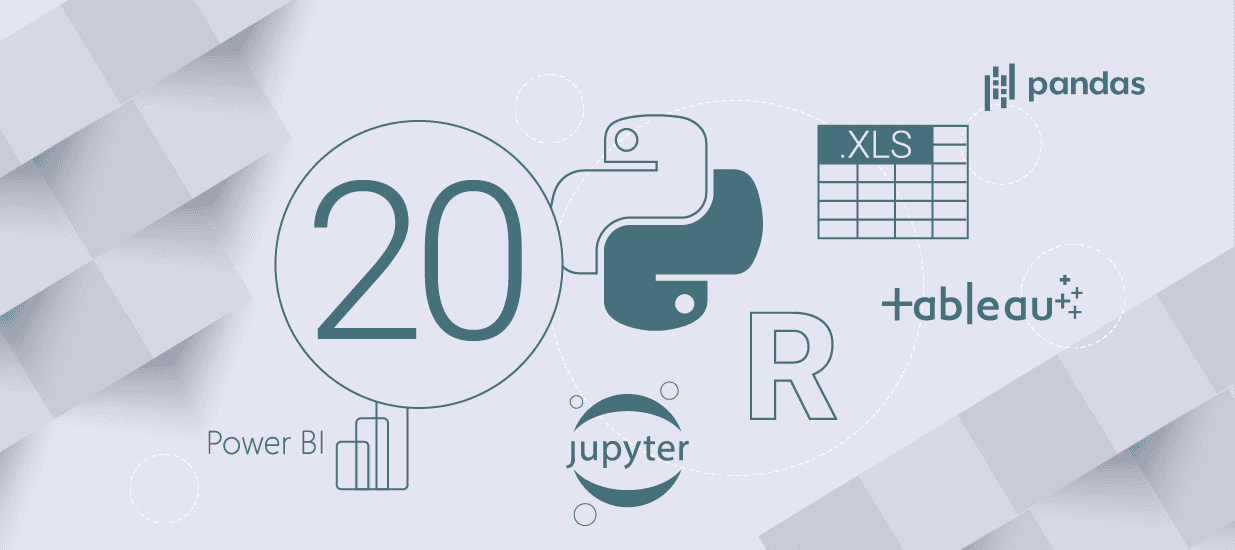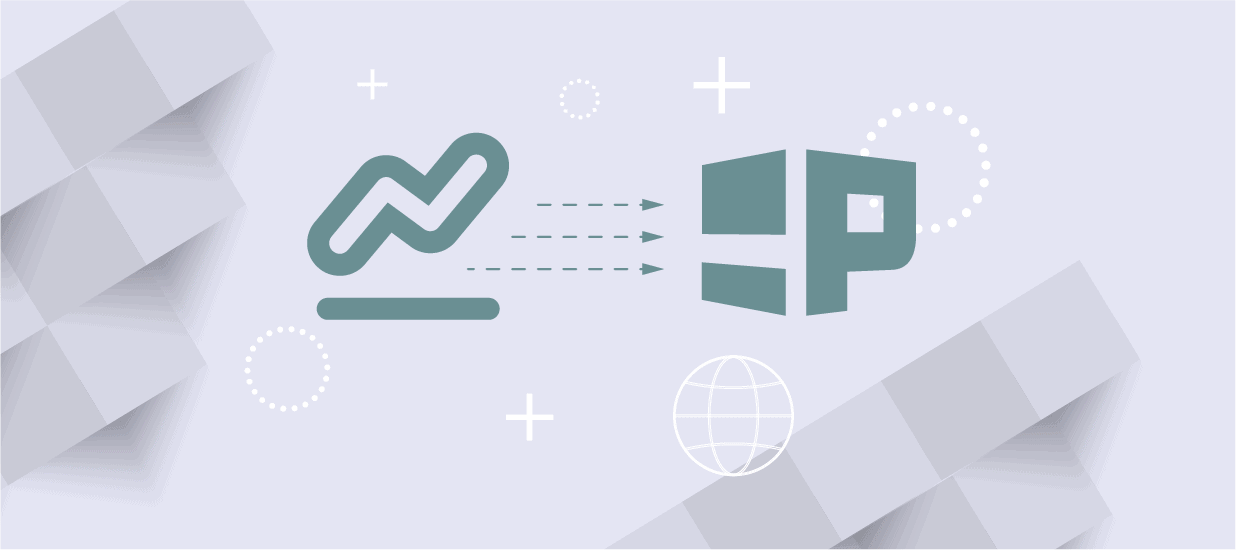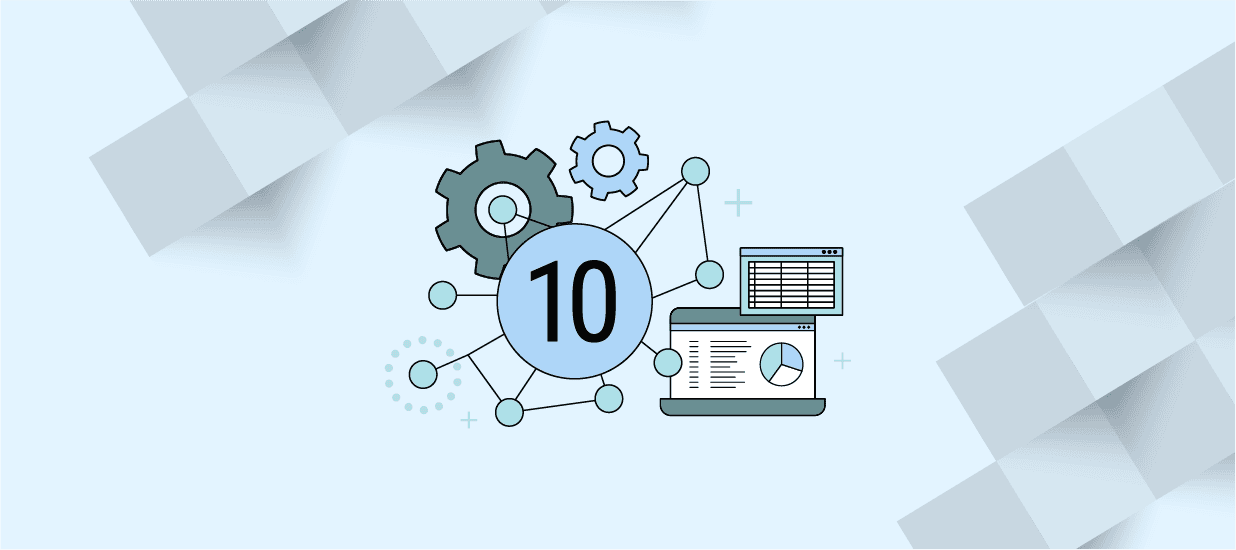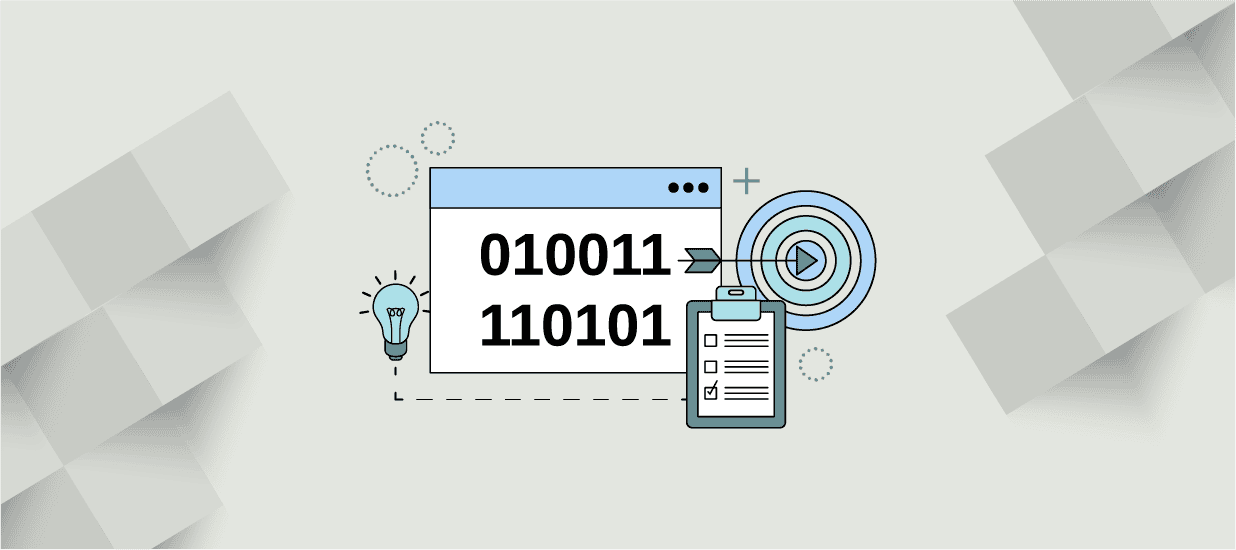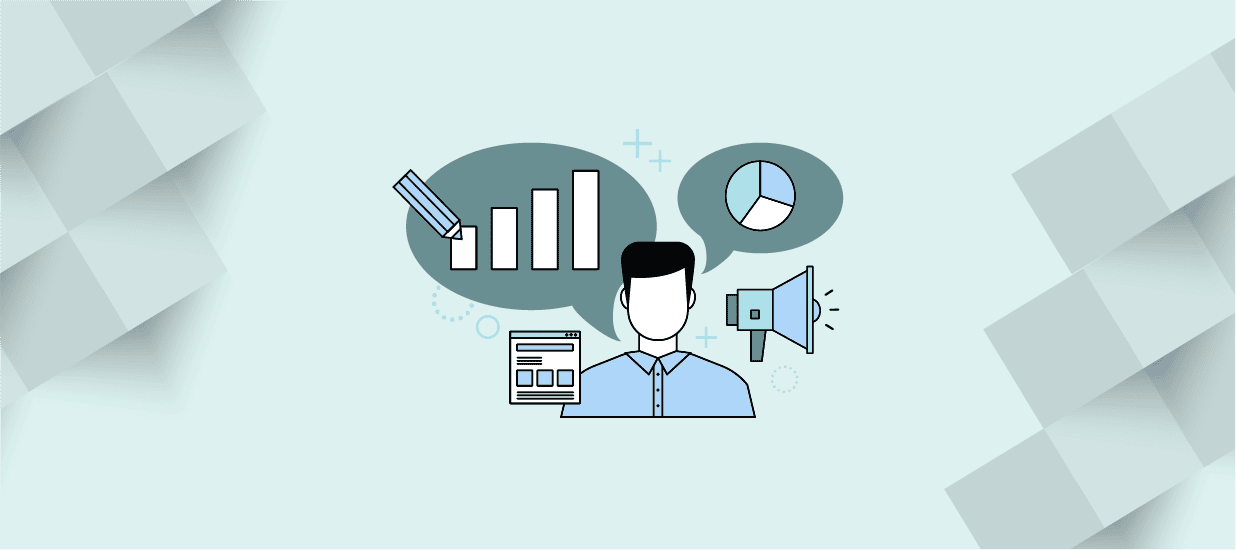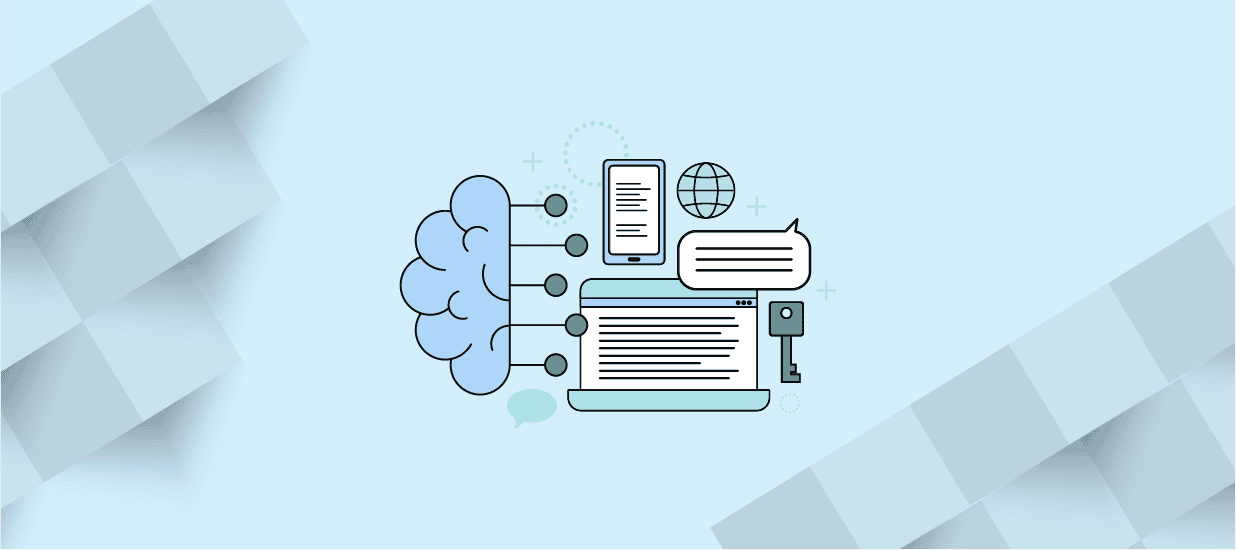12-minute read
This article explores 20 essential tools for data scientists to analyze, visualize, and share their data. These tools are helpful for any current or aspiring data scientist to keep in their toolbox.
Data analysts and data scientists are now pivotal roles in many businesses. As the importance and volume of data increase, data scientists need to know how to prioritize the most important tasks and develop efficient processes for data analysis, visualization, and modeling. To do this, data scientists should select tools and platforms that help them complete their tasks efficiently and effectively.
To help you along your journey, we’ve summarized and categorized 20 essential tools for data scientists to help you build the stack that meets your needs. Read on to learn more, or skip to the section you’re most interested in:
- Programming Languages
- Data Analysis and Visualization
- Cloud Computing Platforms
- Big Data Processing
- Machine Learning
- Development and Collaboration
Programming Languages
Programming languages are rules and instructions used to create software applications and computer programs. They provide a structured way to write code that a computer can execute. Each programming language has its syntax and features that make it useful for different purposes.
Here are some common programming languages that data scientists use:
1. Python
Python is a programming language created by Guido van Rossum in 1991. It is used for software development, system scripting, web page development, and mathematical computing. Python prioritizes readability, ease of use, and interactivity for end users. It is extensively used in many industries, meaning Python knowledge can transfer quickly to new jobs or fields.
Benefits for data scientists: Python is a versatile, easy-to-learn programming language that can easily integrate into other platforms and tech stacks like Excel or web frameworks. If you’re new to Python, use its extensive online community and resources as you learn and troubleshoot.
2. R
R is a programming language commonly used for statistical analysis and graphical representation. It was created in 1993 by Robert Gentleman and Ross Ihaka. R is popular with data miners, data scientists, and statisticians who use it to develop statistical applications and perform analyses. One of the distinctive features of R is that it is an interpreted language that is accessed through a command line. Users type their commands to make requests from the software rather than writing many lines of complex code.
Benefits for data scientists: R offers extensive “packages,” or collections of data, code, and documentation that analysts can use to enhance its functionality. R also has an extensive online community that you can leverage to improve your analysis skills. Furthermore, R Markdown, a package that lets you document your analysis for reproducible results, is available.
3. SQL
SQL, also known as Structured Query Language, is a programming language used for managing and manipulating relational databases. A relational database organizes data into tables consisting of rows and columns. SQL has existed since the 1970s and is popular due to its ability to work seamlessly with other programming languages. Like Python, SQL is used for database management in many fields and industries so that SQL skills can be applied to many roles and responsibilities.
How data scientists can use SQL: Use SQL to perform data cleaning tasks. Using SQL helps ensure your data is accurate, consistent, and contains unique values. You can also practice writing complex queries to manage data more efficiently and integrate SQL with other programs to enhance data manipulation.
Data Analysis and Visualization
Data analysis and visualization tools help users organize, understand, and represent large amounts of information through calculations, statistical analyses, and visualizations.
Here are some tools for data scientists to use for data cleaning, analysis, and visualization.
4. Excel
Excel is a spreadsheet program within Microsoft’s Office software suite. It allows users to organize, calculate, and format data in spreadsheet format. Excel helps data analysts present information simply and user-friendly, as data is arranged in simple rows and columns. Advanced users can use formulas to analyze, summarize, and visualize their data. Although Excel may seem like a standard tool, its robust functionality makes it an essential part of a data scientist’s arsenal.
How data scientists can use Excel: Besides its basic functions, Excel has advanced functions and formulas that allow you to analyze data, create interactive visualizations with pivot tables, and leverage Visual Basic for Applications (VBA) within Excel to automate repetitive tasks and analyses.
5. Tableau
Tableau is a powerful data visualization software that specializes in business intelligence. It helps users analyze large amounts of data and create charts, maps, graphs, dashboards, and stories to make informed business decisions. First introduced in 2003, Tableau has been widely adopted in business environments and has become a popular tool for data analysts and business intelligence professionals.
How data scientists can use Tableau: One of Tableau’s primary benefits is its ability to create interactive, filtered dashboards. You can also leverage integrations with different databases and platforms to merge disparate datasets into one cohesive picture.
6. Power BI
Power BI is an intuitive software that equips non-technical users with the necessary tools to analyze, share, and visualize data on a business intelligence platform. It offers seamless integration with several Microsoft products, making it a versatile tool.
With Power BI, users can identify patterns and draw insights from data, connect multiple datasets, and transform raw data into an understandable data model. As a Microsoft product, PowerBI easily integrates into Azure, Microsoft’s cloud computing service, which can help simplify data management.
How data scientists can use PowerBI: Beyond simple visualization and interactive dashboards, PowerBI can create complex data models that show the relationships between data points.
7. Kibana
Kibana is an open-source and free visual interface tool that allows you to visualize, explore, and manage data from Elasticsearch’s open databases. It integrates with Elastic Stack (part of ELK Stack) and Elasticsearch, which enables security analysis, application performance monitoring, and geospatial data analysis.
How data scientists can use Kibana: Kibana’s most salient asset is its ability to analyze and visualize real-time data. Leveraging its integration with Elasticsearch can help you efficiently manage and monitor large datasets.
8. NumPy
NumPy, short for Numerical Python, was created by Travis Oliphant in 2005. It is a fundamental package used for data analysis in Python. NumPy is beneficial for mathematical and numerical computing. It can create derived objects or multidimensional arrays and perform fast operations such as shape manipulation and mathematical logic.
How data scientists can use NumPy: One of NumPy’s main benefits is that it can easily integrate with other Python libraries, which enhances its data analysis capabilities. You can also leverage its array functions for more efficient data processing. While it’s a more advanced data tool, data scientists and data engineers may find it helpful for its analytical power.
9. Pandas
Pandas is an open-source data manipulation and analysis tool that provides labeled data structures. It is built on Python’s Numpy and is used in machine learning and data science tasks.
Pandas enables users to perform various tasks such as data filling, merges and joins, statistical analysis, loading and saving data, and data visualization.
How data scientists can use Pandas: One significant benefit of Pandas is that it helps users clean, manipulate, and organize data. You can prepare data for analysis by converting data types, reshaping data frames, and grouping data. It is also particularly useful for exploring time-series data and conducting time-based data analysis.
Cloud Computing Platforms
Cloud computing provides computing resources over the internet, including storage, databases, and powerful computing capabilities. It enables data scientists to access vast computing power without managing physical servers, making handling large datasets and complex computations easier. Cloud computing allows scaling resources according to needs, collaborating effortlessly, and utilizing advanced analytics tools and services offered by cloud providers. This flexibility and power are crucial for efficiently performing data-intensive tasks in data science.
Here are some common cloud computing platforms.
10. Amazon Web Services (AWS)
Amazon Web Services (AWS) is a cloud computing platform that offers a range of services to organizations, such as infrastructure-as-a-service (IaaS), platform-as-a-service (PaaS), and software-as-a-service (SaaS). AWS services include storage for databases, computing power, and content delivery. It introduced its IaaS services in 2006. It was one of the first companies to offer a pay-as-you-go cloud computing model, enabling users like data scientists to scale their computing, storage, and throughput services based on their needs.
11. Google Cloud Platform (GCP)
Google Cloud Platform (GCP) is a cloud computing platform and public cloud vendor similar to AWS. GCP’s data centers offer customers free or pay-per-use access to computing services, including data management, AI and machine learning tools, and web and video delivery over the Internet. GCP is a subset of Google Cloud that provides public cloud infrastructure for hosting web-based applications.
Big Data Processing Tools
Big data processing tools are specialized software that manages and analyzes large, complex datasets. These tools distribute tasks across multiple computers, speeding up the analysis process. Data scientists use these tools to process data efficiently in real-time, leading to quicker insights and better decision-making. This is crucial in e-commerce, telecommunications, and healthcare, where fast data analysis leads to better outcomes.
12. Apache Hadoop
Apache Hadoop is a software framework that provides a collection of utilities for processing massive data sets across computer clusters. It uses simple programming models and multiple computers on a network to solve complex problems. Apache Hadoop is designed to scale smoothly from individual servers to thousands of machines. Each machine offers localized storage and computation, making it an efficient solution for big data processing.
13. Apache Spark
Apache Spark is a highly efficient tool that can quickly process large datasets by distributing processing tasks across multiple computers, alone or in conjunction with other distributed computing tools. These capabilities are crucial in big data and machine learning, where significant computing power is required to analyze massive data stores. Additionally, Apache Spark simplifies the programming workload for developers by offering a user-friendly API that abstracts much of the complexity of distributed computing and big data processing. Since its creation in 2009, Apache Spark has continued to be a valuable asset for developers and businesses.
14. Apache Kafka
Apache Kafka is a distributed platform designed specifically for building streaming data pipelines and applications that can adapt to real-time data streams. As billions of data sources continuously generate streams of data records, including streams of events, Kafka provides the infrastructure to respond to these events as they happen.
LinkedIn developed Kafka as an open-source platform for its proprietary use in 2011 before ultimately donating it to Apache Software Foundation. Today, Kafka is the most widely used streaming data platform and can process trillions of records per day without any noticeable performance degradation as data volumes increase.
15. Elasticsearch
Elasticsearch is a powerful and versatile search and analytics engine that utilizes the Apache Lucene library to index and search vast amounts of data with high accuracy and speed. Thanks to its ability to perform complex data analysis and visualizations, it’s a popular tool for businesses looking to gain valuable insights and intelligence from their data. Elasticsearch is also commonly used for log analytics, operational intelligence, and security intelligence, making it a go-to solution for businesses of all sizes and industries.
Machine Learning Tools
Machine learning tools allow computers to learn from data and make decisions without being explicitly programmed. They use algorithms to find patterns and insights in data to solve complex problems like speech recognition, fraud identification, and customer behavior prediction. Data scientists use these tools to automate data analysis for more precise and efficient outcomes across various industries. This automation accelerates decision-making and unlocks new opportunities for innovation and optimization.
16. TensorFlow
TensorFlow is an open-source library developed by the Google Brain team and made available to the public in 2015. It is a numerical computation and large-scale machine learning tool with various machine learning and deep learning models and algorithms.
Tensorflow provides a front-end API in Python or Javascript that allows machine learning applications to be executed using C++ language.
17. PyTorch
PyTorch is a deep learning tensor library optimized for applications using CPUs, GPUs, and CPUs. It is also used for applications like natural language processing and computer vision.
Since its inception by the Facebook AI Research (FAIR) team in 2017, PyTorch has become a popular and efficient framework for creating deep learning models. It is an open-source library based on Torch and designed to provide greater flexibility and increased speed for implementing deep neural networks.
18. Scikit-learn
Scikit-learn is a comprehensive Python library used for machine learning projects. It provides various statistical, mathematical, and general-purpose algorithms that form the basis for many machine-learning technologies. This tool can help develop various algorithms for machine learning and related technologies, and it’s free.
Development and Collaboration Tools
Data scientists use collaborative online tools for efficient teamwork. These tools centralize data management, ensuring consistency and reducing errors. Furthermore, they also offer advanced troubleshooting and analytics features, integrate with cloud computing resources and version control systems, and improve performance while maintaining data integrity.
Here are some of the development and collaboration tools
19. Jupyter Notebook
JupyterLab is a web-based platform that provides an interactive space for code, notebooks, and data. It is designed to be adaptable, allowing users to configure workflows in scientific computing, data science, machine learning, and computational journalism. The platform’s modular design enables adding extensions and enhancing functionality.
20. Git
Git is a powerful distributed version control system that enables developers to track their progress on a coding project, collaborate with others, and learn from others’ contributions. Due to the collaborative nature of the platform, developers can keep track of every version of their code, including who made any changes and when those changes were made. With this consideration, it is still a powerful tool for collaboration, support, and innovation.
Author
-

The Pragmatic Editorial Team comprises a diverse team of writers, researchers, and subject matter experts. We are trained to share Pragmatic Institute’s insights and useful information to guide product, data, and design professionals on their career development journeys. Pragmatic Institute is the global leader in Product, Data, and Design training and certification programs for working professionals. Since 1993, we’ve issued over 250,000 product management and product marketing certifications to professionals at companies around the globe. For questions or inquiries, please contact [email protected].
View all posts

